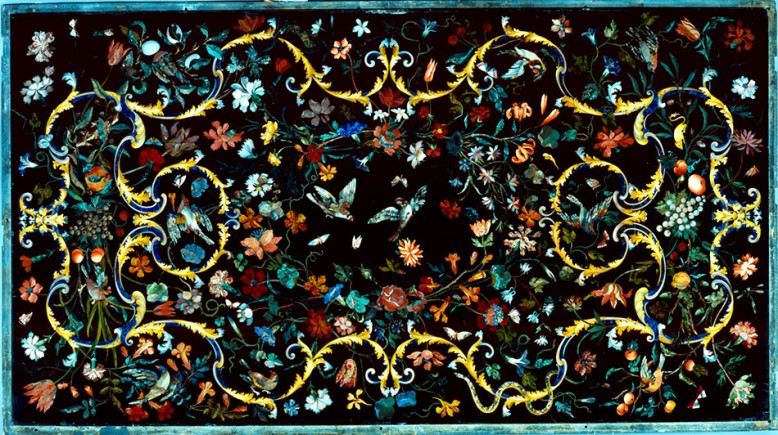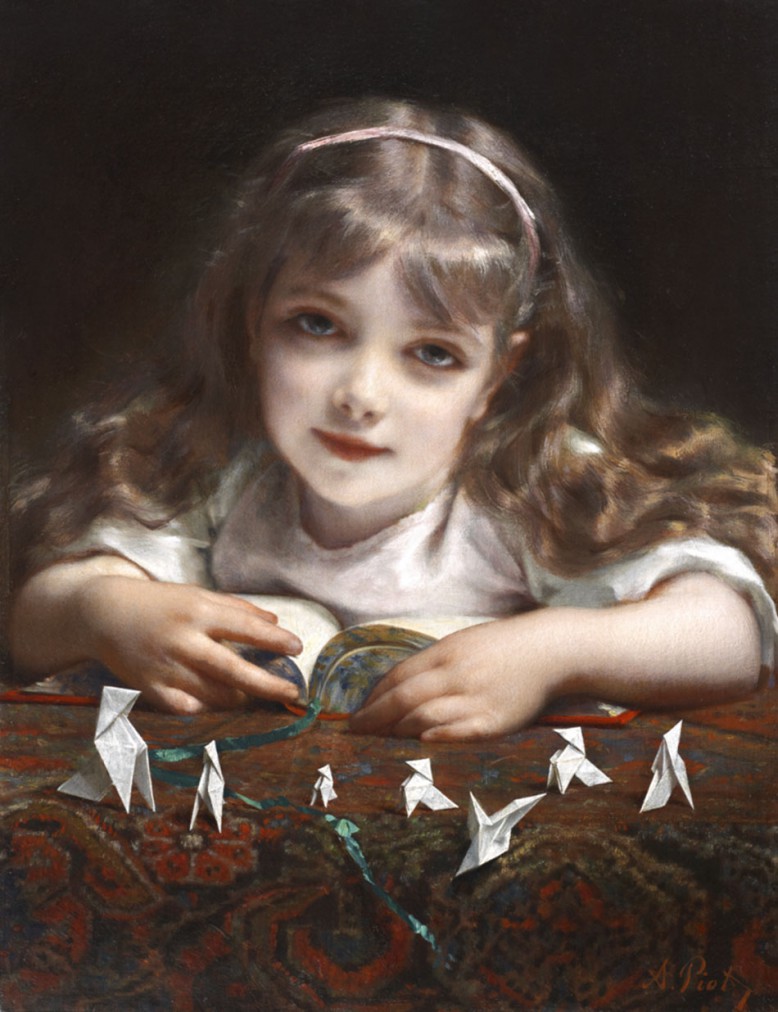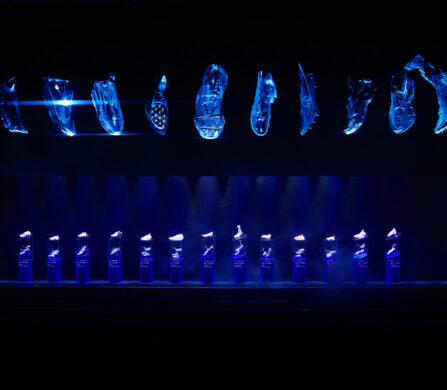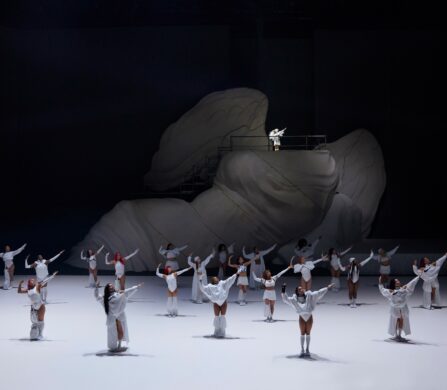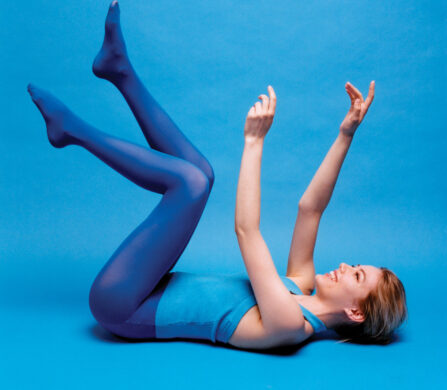September marks the rentrée or return to work for most Parisians after a long summer spent lazing in the south. It also indicates Paris’ return as a creative hub for another calendar year. Kicking things off, the French capital will once again host the Biennale des Antiquaires et e la Haute Joaillerie, the exclusive European art fair set to reveal all the magic of décor on the 11th of September.
First held in 1962, the tradition of Biennale began as a focal gathering of not only the greatest French and foreign antique dealers, but also decorators, jewellers and bookstore merchants. Under the dome-glassed roof of the Grand Palais, the show began to attract visitors from near and far, crossing oceans just to see the rare artefacts made even more enchanting by the gardens and water fountains that surrounded them.
Designed to promote beauty and marvel its guests, the Biennale now attracts the likes of Karl Lagerfeld, Salma Hayek-Pinault and a plethora of other celebrity big names. In modern times, it serves as a not-to-be-missed social event for the creative elite as well as a pivotal selling and networking platform for art dealers.
Schön! caught up with the Biennale’s artistic director Jacques Grange. The renowned interior designer explains the importance of the art fair today and how he managed to recreate a modern interpretation of the famous gardens of Versailles inside the walls of the Grand Palais.
As a Frenchman and a designer, why is the Biennale des Antiquaires important to you and to France?
The Biennale is unique; it is the epitome and reflection of beauty and French lifestyle. There is no other fair with such a concentration of antique masterpieces and modern art, or even archaeological treasures and primitive art. Furthermore, the high jewellery houses have shown remarkable creativity and their displays are breath-taking.
You are an Honorary Committee Member, Paris Representative, and Artistic Director for the event this year. How did you manage to get involved?
I was asked by the SNA (Syndicat National des Antiquaires) to intervene in the staging of this Biennale. I was very happy to do so. After being asked to participate, I met Catherine Pégard, the President of the Domaine de Versailles et de Trianon. We discussed which would be the best way to optimize the gardens of Versailles in the project.
What is the creative theme of this year’s Biennale?
This year, viewers will have a chance to experience an interpretation of the Gardens of Versailles and Trianon at the Grand Palais. I want them to feel surprised. It is mostly topiary art. I like the very graphic style of these pot plants. An important use of flowerbeds with carpet motifs has been planned. There will also be a fountain at the entrance of the Grand Palais.
Why did you choose to have the Biennale in the Grand Palais?
I really enjoyed being able to work with a huge glass roof; it’s captivating for a decorator. We have to adapt, as it is not something we work with frequently. I have created decors for plays, exhibitions for Yves Saint Laurent in Peking, Moscow and New York, an exhibition in the Guggenheim Museum, and different ephemeral exhibitions in the same staging spirit as the Biennale.
What goes on in preparation for such an event?
I can speak about the challenges; the main one was to integrate the stalls of each exhibitor in the global scenography of the monumental space that the Grand Palais is. I also had to change the initial project for security reasons. Some of the material couldn’t be used because it didn’t meet the anti fire standards. I had to re-work the project to make it feasible. All of these challenges generated a modern reinterpretation of the gardens of Versailles.
What can visitors expect to see, touch and experience?
People want to be surrounded by beauty and the Biennale offers an impressive selection of magnificent artworks from a range of different eras in human civilization.
Was there any exquisite piece that was a particular draw card to the event in previous years?
I remember precisely a pair of Russian “Toula” candlesticks at Didier Aaron, and a table by Bugatti in the Galerie du Passage. I also have a keen souvenir of a magnificent Buddha at Christian Deydier.
Why is the Biennale des Antiquaires special?
I haven’t missed a single Biennale since my 15th birthday. I discovered stalls of very important antique dealers and decorators such as Madeleine Castaing and Alain Demachy.
Why does the Biennale remain so popular?
The Biennale has always marvelled its visitors. That sensation has to remain.
The Biennale des Antiquaires opens to the public on September 11, 2014 until September 21, 2014 in the Grand Palais of Paris. For more information, click here.
Words / Benjamin Fitzgerald

Discover the brand new Schön! Issue 25 #Drama.
Now available in print, as an ebook, online and on any mobile device.












